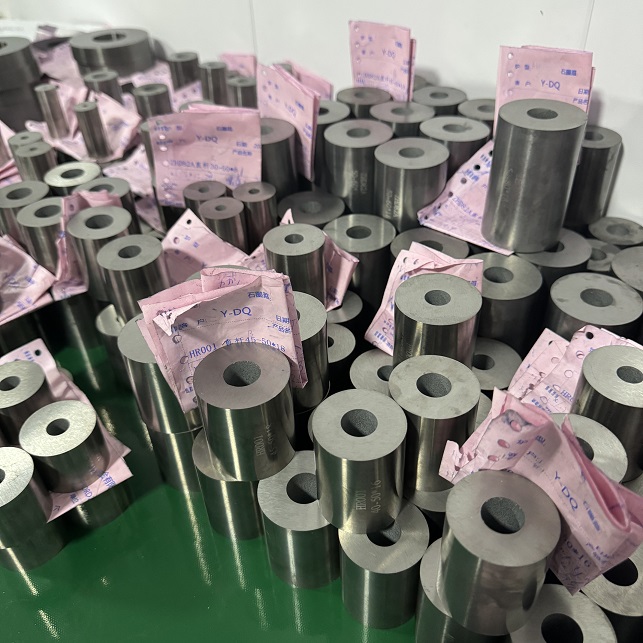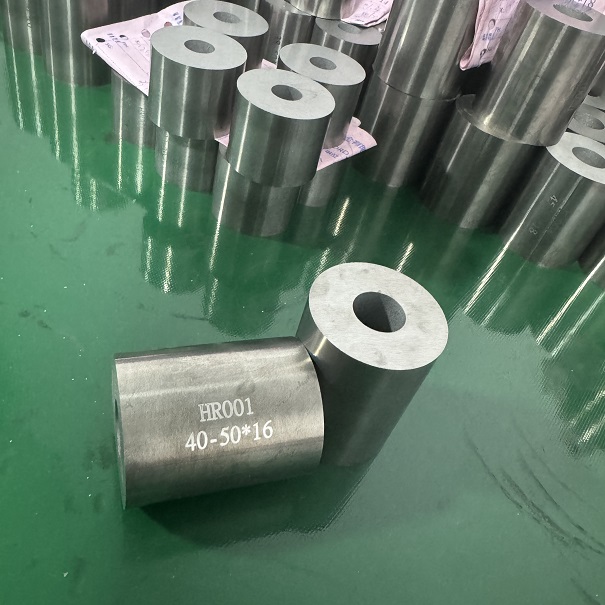Cemented carbide is a material that uses cobalt as a binder to bond tungsten carbide particles together. The cobalt content of cemented carbide has a significant impact on the material’s properties, including hardness, toughness, wear resistance, and impact resistance. The following is the relationship between the cobalt content of cemented carbide and its properties:

1. Hardness:
-Cemented carbide with a lower cobalt content (such as less than 10%) usually has a higher hardness because the bond between tungsten carbide particles is weaker and not easy to plastically deform.
-Cemented carbide with a higher cobalt content (such as more than 20%) has a relatively lower hardness because the cobalt content increases and the bonding effect is strengthened, causing the material to be more prone to plastic deformation when subjected to force.
2. Toughness:
-Cemented carbide with a higher cobalt content has better toughness because the addition of cobalt increases the toughness of the material, making it less likely to break when subjected to impact or vibration.
Cemented carbide with a lower cobalt content has poor toughness and is prone to cracking or breaking when subjected to impact.
3. Wear resistance: Cemented carbide with a higher cobalt content has better wear resistance because cobalt can provide better bonding and damage resistance. Cemented carbide with lower cobalt content has poorer wear resistance because the bond between tungsten carbide particles is not strong and is easy to fall off during wear.

4. Impact resistance:
- Cemented carbide with higher cobalt content has better impact resistance because the addition of diamond improves the toughness and fracture resistance of the material.
- Cemented carbide with lower cobalt content has poorer impact resistance and is prone to fracture when impacted 5. Corrosion resistance:
- Cemented carbide with higher cobalt content has better corrosion resistance because cobalt can provide better oxidation and corrosion resistance.
Post time: Aug-24-2024









